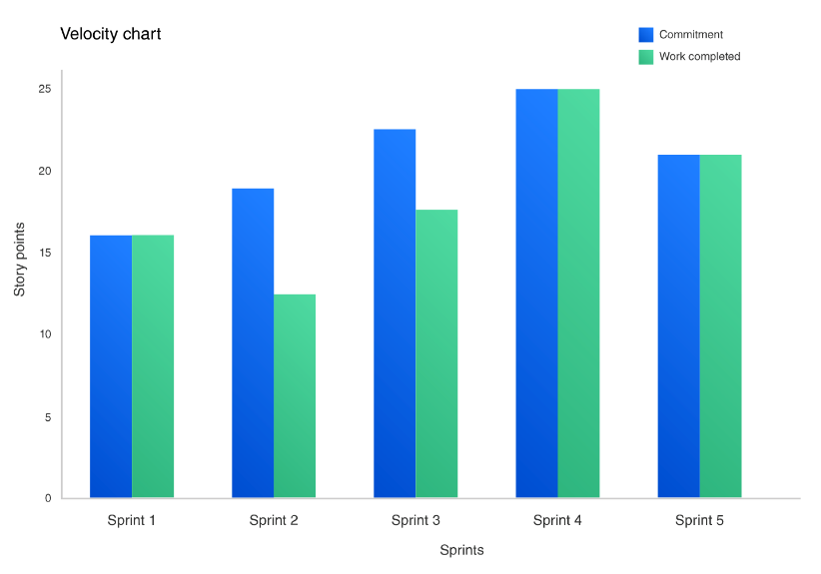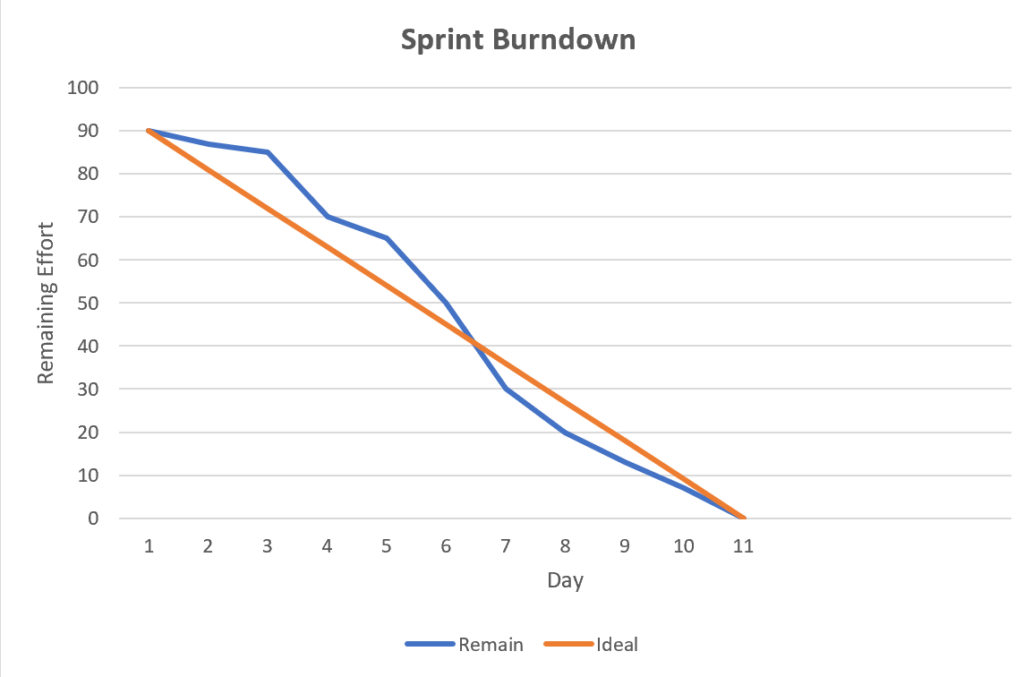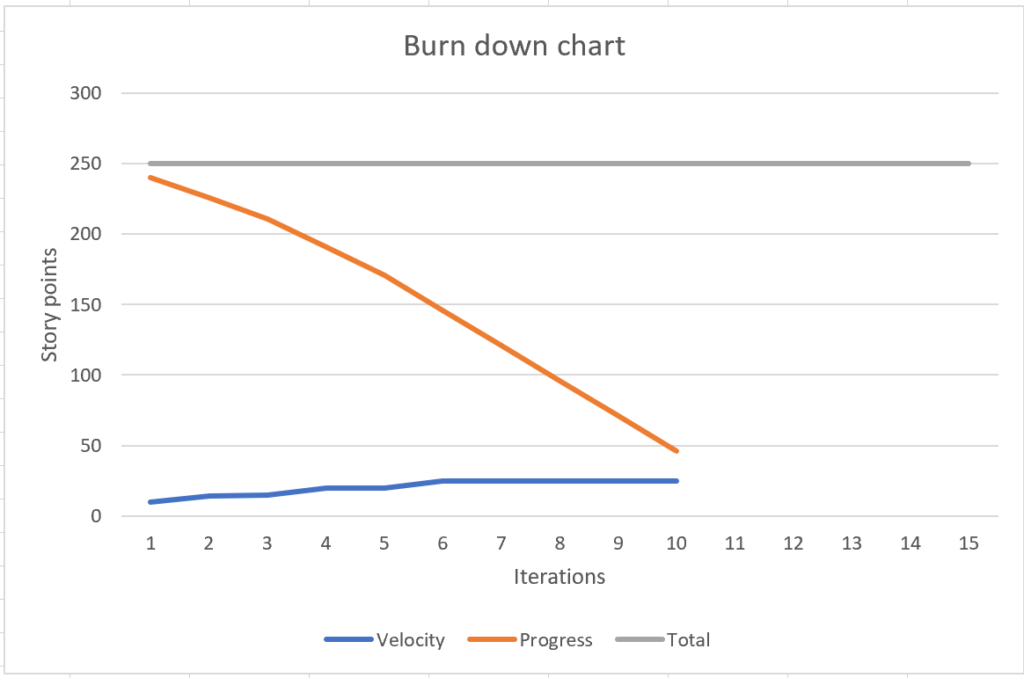
Introduction
Numerous studies such as from Association of Project Management (APM), Gartner, SpringerLink have shown that agile methodologies have significant success on projects and change outcomes. Only a small proportion of organisations have over five years of experience with Agile, indicating a developing competency in Agile methodologies.
In this article I am going to focus on agile metrics as it is one of the key contributing factors for whether implementing agile is successful. The reason for this and I have seen it happen is when leadership teams feel a lack of visibility of progress their support tends to reduce. Their support is pivotal for its success. Previously they may have been used to seeing detailed plans, detailed requirements approved and signed off, staged gates they approve as milestones and detailed reporting. They will see these as progress even if delivery hasn’t happened yet. To put it simply agile implementation will fail if clear metrics are not agreed upfront and embedded in the organisation.
Understanding Agile Metrics
Agile metrics are ways to quantify the progress, efficiency, and quality of Agile projects. They are vital for identifying strengths and weaknesses within the team, ensuring that the project remains on track, and ensuring an environment of continuous improvement.
There is often a misconception that the only metric is the delivery output of code. However, this is not good enough if visibility or progress is lacking in addition to root causes of issues not being identified.
Types of Agile Metrics
It is therefore important to understand what metrics are available and what benefits they can provide.
Velocity is one of the most popular Agile metrics. This measures the amount of work a team completes during a sprint. It helps teams estimate how much work they can realistically achieve in future sprints, ensuring better planning and delivery. This metric needs to be continually reviewed to understand how successful the team is working and whether any interventions are required to improve efficiency.
One example I remember at 2 separate companies was when the velocity was never more than 2. When I looked into it there was one team that had no product owner so didn’t understand the requirements and had no product backlog. I was able to help them by reinstating the product owner and empowering the team with a definition of done. This is a measure where the user story has to be in a state suitable for developers and testers for them to do work. The other team involved the use of a third party who due to their contract couldn’t work in an agile way and had to have all of the requirements defined up front.
This statistic was vital in demonstrating that action was needed to ensure the success of using agile or in the latter team case study whether even suitable. Once the issues were resolved both teams went on to be high performing.

Sprint Burndown is a visual graph showing the amount of work reducing during a sprint. It’s really handy to seeing whether the team are going to hit their target and whether any action required that can help if required.

Project Burndown is a visual graph and handy if you have an idea of the sizing of all the work required for the project. It can be updated at the end of each sprint based on the velocity delivered and indicates the dates for when the project will be completed.

Number of ceremonies tends to act as a big indicator of how successful agile is going to be. A key reason why agile projects have so much success is related to how much communication is improved. Examples of these and why they are important are:
- Daily standups to check all team members can progress and no blockers,
- Refinement sessions to check requirements are refined in enough detail when they are required
- Sprint planning to agree how much work can be done in a period of time, show and tells to demonstrate to the wider stakeholders what has been done,
- Retrospectives to cover lessons learned and how to improve.
If these ceremonies are not happening then there is a risk that communication is not as strong as it should be.
Release Frequency is expected to be frequent to support the idea of getting feedback faster and delivering high functionality items first. This may lead to metrics such as:
- Tracking the number of releases per time period
- Measuring the time from when work starts for a feature until it is released
- Measuring the lead time for when a piece of work is requested compared to when it is released.
Having a roadmap of the types of features to be delivered and when will be helpful in understanding release frequency and whether releases are the most efficient.
Implementing Agile Metrics
It’s important to choose the right metrics that align with team, project and company goals. For example a small project might warrant measuring velocity in hours spent on tasks whilst a larger project may suit measurements in story points at requirement level. Projects with tight timescales may warrant more frequent releases.
It’s important to identify the metrics up front so as to establish methods and ways of working to support the collection of these. Tools such as Jira and Azure DevOps will provide dashboards to show many of these measurements automatically. This only works if set up early on and the team are updating it in the right way.
Challenges and Pitfalls
Over-relying on metrics can lead to a narrow focus where teams chase numbers rather than true improvement. It’s crucial to balance quantitative data with qualitative insights to get a holistic view of team performance.
Conclusion
In conclusion, agile metrics play a crucial role in the successful implementation of agile methodologies. They provide the necessary visibility and accountability that leadership teams require to continue their support and ensure project success. By understanding and utilising metrics such as velocity, sprint burndown, and release frequency, organizations can identify strengths and weaknesses, streamline communication, and drive continuous improvement.
For management, maintaining strong buy-in is essential. When leadership can see clear, quantifiable progress and understand the metrics driving this progress, their support remains steadfast. This support is pivotal for the sustained success of agile projects, as it ensures that resources and strategic backing are continuously aligned with project goals.
Embracing the right mix of agile metrics will empower teams, open up transparency, and ultimately lead to the successful delivery of projects. As you consider implementing these strategies in your own projects, remember that metrics are a means to enhance visibility and grow trust within your organisation.
Thoughts? Questions? Please share in the comments.
If you have found this article useful then you might like my book – The Business Analysis Handbook – Techniques and Questions for better Business Outcomes. The book is available from www.koganpage.com and all major print and e-book retailers.
